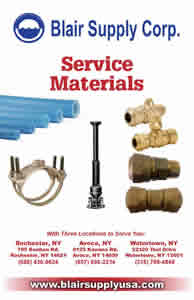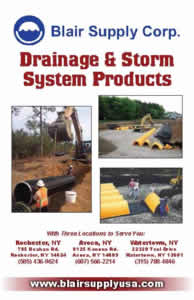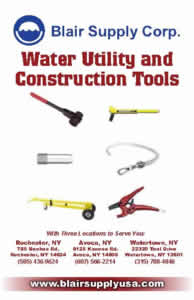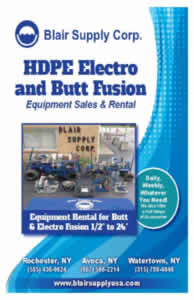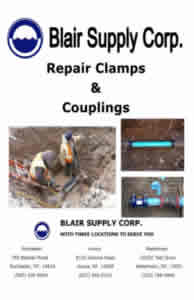Blog
Sizing Service Saddles Correctly: A Comprehensive Guide
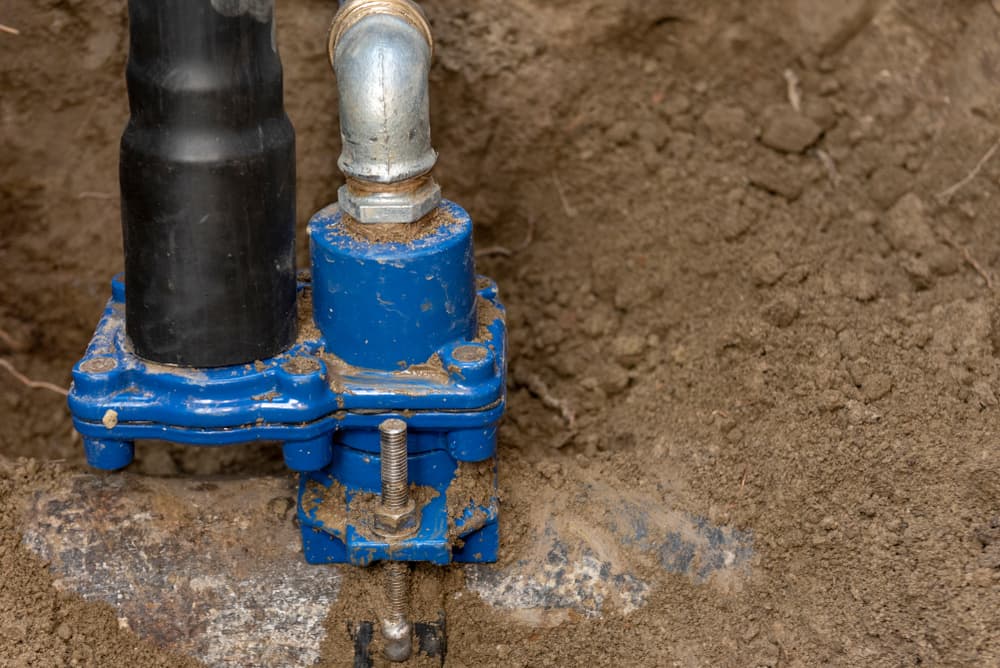
There is zero doubt that service saddles are among the most useful implements ever introduced to plumbing. Brilliant in their simplicity, ease of use, and cost-effectiveness, these fittings have a broad range of applications across a diverse range of settings, making them an absolute must-have in the arsenal of every plumbing contractor.
While you can find service saddles for sale at any well-stocked supplier in the country, the reality is that not every one of them will fit the intended purpose. There’s an incredible variety of these fittings on the market, and the key to getting the most out of them is all about proper sizing.
Today, we’ll guide you through the sizing process step-by-step, so you can pick an ideal service saddle for your project with the utmost confidence, each and every time.
How do you determine the size of a saddle?
Above all, service saddle sizing is a systematic process. The goal is to not only ensure that the fitting is of correct dimensions but, also, that the materials and design complement the existing water main or wastewater pipeline. Here’s how to do it:
Step #1: Identifying the main pipe diameter
The easiest way to determine the main pipe outer diameter is to consult the specifications of the existing pipeline, if available. This enables you to confirm the nominal diameter and material type with 100% accuracy, as well as eliminate the need for measuring and Step #3.
However, if original documentation is not available, you will have to measure the outer diameter (OD) of the main pipe where the service saddle will be installed. If possible, use a caliper, as it is a precision tool, but a simple tape measure will do the job just fine as well.
Step #2: Identifying branch pipe diameter
Now, you’ll need to ensure that the saddle you chose can accommodate the branch pipe you intend to connect to the main pipe. This is done by either determining the diameter of the branch line pipe (same as Step #1) and matching it to the saddle’s outlet size, or the other way around.
Step #3: Ensuring material compatibility
It is highly advisable that the saddle material matches that of the main pipe (e.g. ductile iron, PVC, steel, etc.), as the perfect match will result in the best performance of both the main and branching pipeline. The best (and easiest) way to ensure compatibility is to refer to the saddle’s product specifications or manufacturer’s guidelines.
Step #4: Determining the connection type
In general, service saddles are designed for a specific connection type, with the matching outlet (e.g. threaded, flanged, etc.). You’ll need to decide which outlet is right for the intended application and choose the saddle accordingly.
In addition, you’ll need to determine if the saddle should meet some special requirements, such as pressure rating, corrosion resistance, or load-bearing capacity.
Step #5: Accounting for pipe wall thickness
This factor must be taken into account, as it allows you to choose a service saddle that will:
- Create a watertight seal;
- Provide sufficient clamping force;
- Ensure structural integrity of the connection;
- Ensure pressure compatibility;
- Facilitate the installation process.
Step #6: Pressure & load considerations
The pressure rating of the service saddle should match but, preferably, exceed the pressure in the main pipeline to ensure a reliable connection and avoid leaks or failures. Also, the saddle must be able to withstand any additional loads or stressors, such as external loads or excessive vibrations, in order to prevent mechanical failure and ensure the ongoing safety of the system.
Fortunately, all this data is readily available in the manufacturer’s specifications and supplier catalogs, so be sure to refer to these sources as it will ensure that you’re choosing the service saddle that will perfectly match the requirements of your project.
 Where can I find precisely sized service saddles for sale near me?
Where can I find precisely sized service saddles for sale near me?
Whether you’re looking for top-quality water main saddles, tapping sleeves, pipe shoes, or any other type of service fitting, Blair Supply should be your first stop. Since 1958, we’ve been the leading material supplier in the water/wastewater industry in the NY State and beyond, catering to contractors of all profiles, from commercial and industrial to residential and municipal. Connect with us today and let our reliability and expertise pave the way for your success!

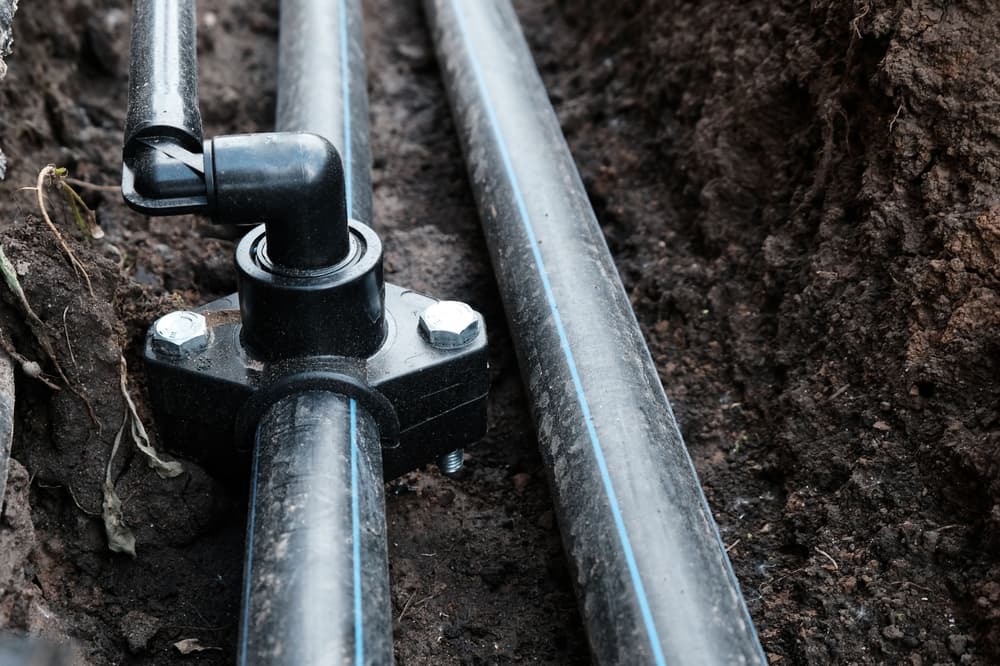 Where can I find precisely sized
Where can I find precisely sized 